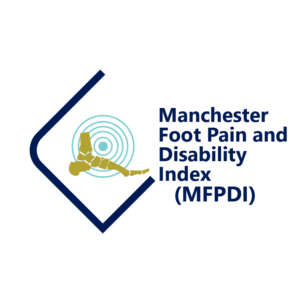Attributes of the MFPDI include:
Valid
The MFPDI has been repeatedly shown to demonstrate content, construct and criterion validity amongst people with varying levels of foot problems.
Reliable
The MFPDI exhibits good internal consistency.
Sensitive
The MFPDI has demonstrated its ability to discriminate between known groups with varying levels of a foot specific disability within both clinical and population settings.
Ease of use
The MFPDI is quick and easy to complete, administer and score.
^ Back to top




